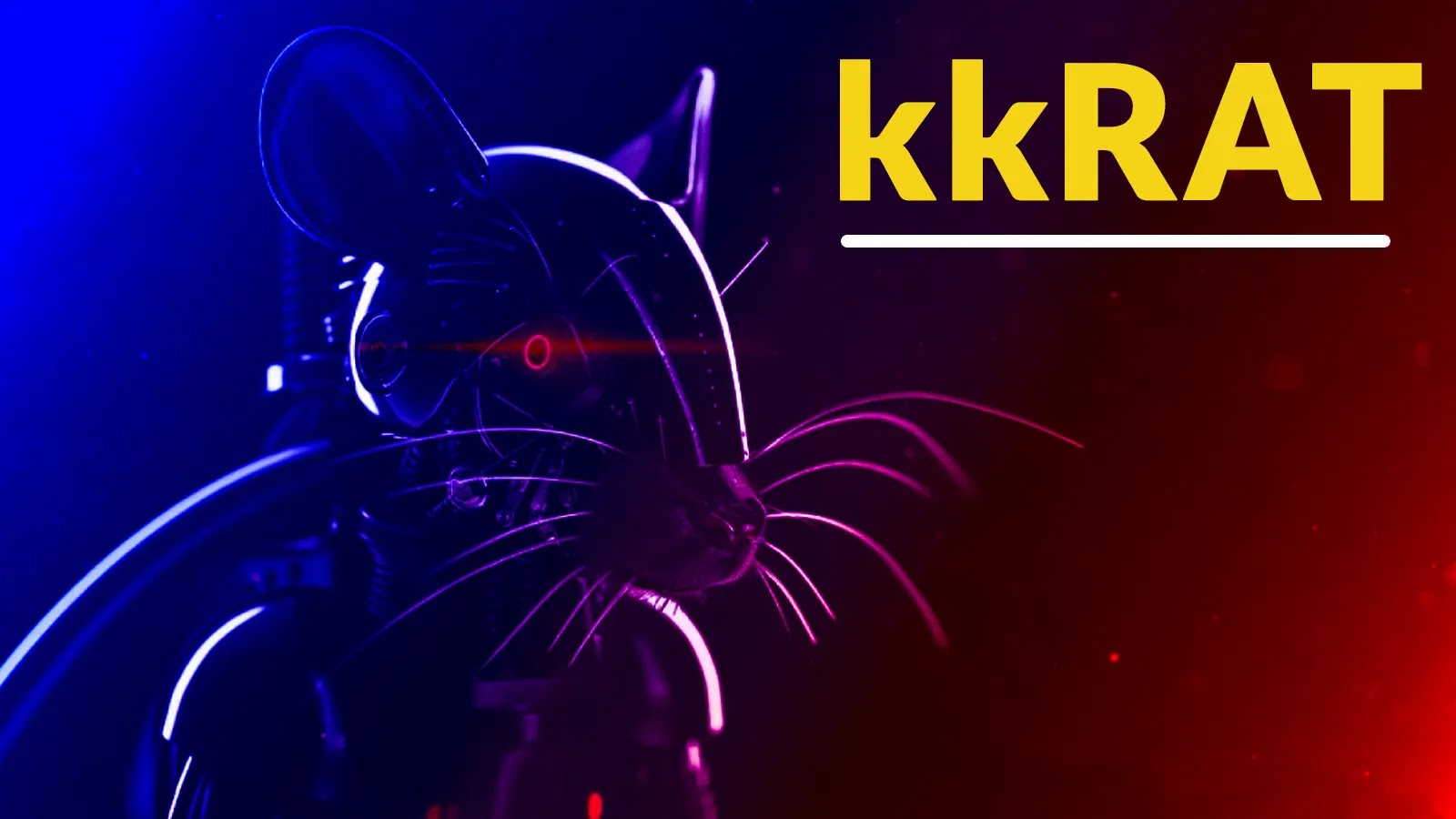
kkRAT Employs Network Communication Protocol to Steal Clipboard Contents
The digital landscape is a constant battleground, with new threats emerging and evolving at a relentless pace. Staying informed about novel attack vectors and sophisticated malware is paramount for any cybersecurity professional. Recently, a notable new entrant has appeared on the scene: kkRAT. This Remote Access Trojan distinguishes itself by leveraging standard network communication protocols to exfiltrate sensitive data, specifically targeting clipboard contents. Understanding its modus operandi is crucial for developing robust defensive strategies.
The Emergence of kkRAT: A New Threat on the Horizon
In early May 2025, cybersecurity researchers detected a novel Remote Access Trojan, dubbed kkRAT, specifically targeting Chinese-speaking users. This sophisticated malware campaign utilizes highly deceptive phishing tactics, primarily through malicious sites hosted on GitHub Pages. The initial infection vector involves ZIP archives disguised as legitimate installers for popular applications. This social engineering approach underscores the growing need for user awareness and robust email and web security gateways.
Initial Infiltration and Evasion Techniques
The kkRAT’s infection chain is multi-layered, designed to bypass common security measures. Upon download, the malicious ZIP archive contains executables engineered with advanced anti-analysis capabilities. These include:
- Sandbox Evasion: The malware is programmed to detect and circumvent virtualized environments and sandboxes, delaying execution or altering its behavior to avoid detection by automated analysis systems.
- Virtual Machine Detection: Similar to sandbox evasion, kkRAT incorporates checks to determine if it’s running within a virtual machine, further hindering forensic analysis and automated defense mechanisms.
- Time Stability Analysis: The initial shellcode performs time-based checks, often looking for prolonged execution times or specific system configurations that indicate a research environment, further obfuscating its true intent from security analysts.
Once these checks are passed, the malware proceeds to its main function, demonstrating a high level of sophistication in its design to persist and operate undetected on compromised systems.
Clipboard Exfiltration via Network Communication Protocols
One of kkRAT’s distinctive and concerning features is its method of data exfiltration. Unlike many RATs that might employ direct file transfer or command-and-control (C2) channels for broad data theft, kkRAT specifically targets and steals clipboard contents. This makes it a significant threat for users handling sensitive information such as:
- Login Credentials: Users often copy and paste usernames and passwords.
- Financial Data: Bank account numbers, credit card details, and crypto wallet addresses can be in the clipboard.
- Proprietary Information: Confidential documents, source code snippets, or internal communications.
The malware then uses network communication protocols to transmit this stolen data to its command-and-control server. While the specific protocols are not detailed in the initial reports, common methods include HTTP/HTTPS, DNS, or custom TCP/UDP channels. This use of standard protocols makes detection more challenging, as the traffic can blend in with legitimate network activity, posing a significant challenge for network-based intrusion detection systems (IDS).
Remediation Actions and Proactive Defense
Defending against threats like kkRAT requires a multi-faceted approach, combining technical controls with user education. Here are critical remediation and preventative actions:
- Robust Email and Web Security Gateways: Implement and meticulously configure advanced email filtering and web security solutions to block phishing attempts and malicious downloads.
- Endpoint Detection and Response (EDR) Solutions: Deploy EDR tools capable of detecting advanced persistent threats, behavioral anomalies, and anti-analysis techniques employed by malware like kkRAT.
- User Education and Awareness Training: Conduct regular training sessions to educate users about the dangers of phishing, the importance of verifying software sources, and the risks of downloading unsolicited attachments or applications. Emphasize the “Assume Breach” mentality.
- Principle of Least Privilege: Enforce the principle of least privilege for all user accounts and applications, limiting their ability to execute arbitrary code or make system-level changes.
- Application Whitelisting: Implement application whitelisting to prevent unauthorized executables from running on endpoints.
- Regular Software and System Updates: Maintain a disciplined patch management strategy to ensure all operating systems, applications, and security software are up to date, eliminating known vulnerabilities.
- Clipboard Management Tools: For high-security environments, consider employing tools that clear clipboard contents automatically after a short period or only allow pasting into specific, secure applications.
- Behavioral Analysis and Network Monitoring: Implement network traffic analysis tools to detect unusual outbound connections or anomalies in network communication patterns that might indicate data exfiltration.
Tools for Detection and Mitigation
Leveraging the right tools is critical in the fight against advanced threats like kkRAT. Here are some categories of tools and their purpose:
| Tool Category | Purpose | Link (Example) |
|---|---|---|
| Email Security Gateway | Blocks phishing emails and malicious attachments at the perimeter. | Proofpoint |
| Web Security Gateway/Proxy | Filters malicious websites and prevents access to known phishing domains. | Zscaler |
| Endpoint Detection and Response (EDR) | Detects and responds to advanced threats on endpoints, including behavioral anomalies. | CrowdStrike Falcon |
| Network Detection and Response (NDR) | Monitors network traffic for suspicious activity, including data exfiltration. | ExtraHop Reveal(x) |
| Application Whitelisting Software | Controls which applications are allowed to run on a system, preventing unauthorized execution. | Microsoft AppLocker |
Conclusion: Adapting to Evolving Threats
The emergence of kkRAT underscores a critical trend in the threat landscape: a continuous push towards more sophisticated evasion techniques and targeted data exfiltration methods. Its focus on clipboard contents via network protocols highlights the need for organizations to look beyond traditional file-based malware detection. A comprehensive cybersecurity posture must encompass robust perimeter defenses, advanced endpoint protection, diligent network monitoring, and, crucially, an educated human element. Staying adaptive, vigilant, and proactive in implementing defense strategies is the only way to effectively counter the ever-evolving array of advanced persistent threats.





